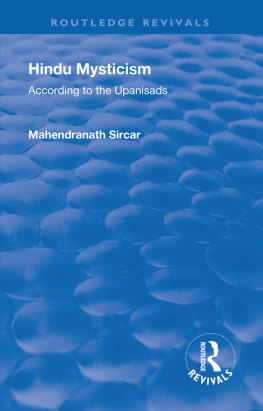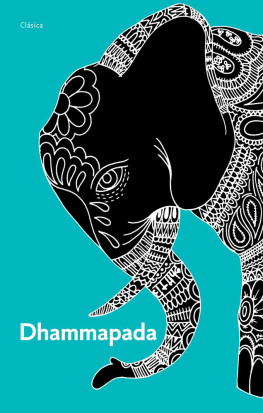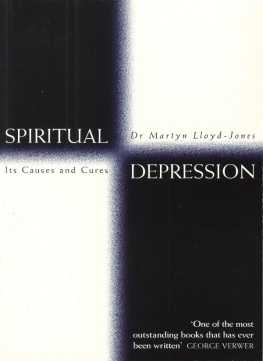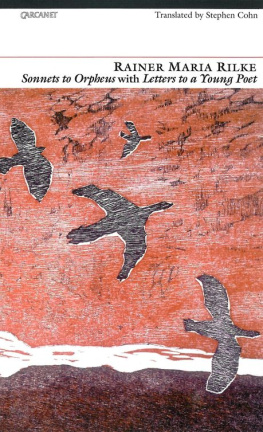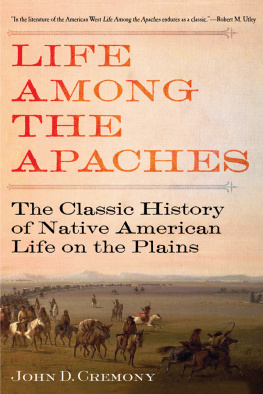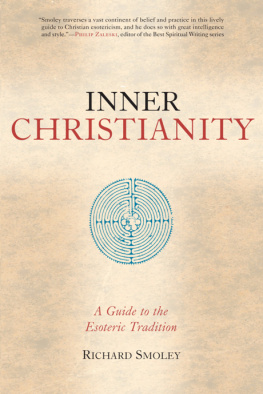Routledge Revivals
HINDU MYSTICISM
Hindu Mysticism
According to the Upanisads
By
Mahendranath Sircar
Professor of Philosophy, Presidency College, Calcutta
First published in 1934 by Kegan Paul, Trench, Trubner & Co., Ltd
This edition first published in 2018 by Routledge
2 Park Square, Milton Park, Abingdon, Oxon, OX14 4RN
and by Routledge
711 Third Avenue, New York, NY 10017
Routledge is an imprint of the Taylor & Francis Group, an informa business
1934 Taylor & Francis
All rights reserved. No part of this book may be reprinted or reproduced or utilised in any form or by any electronic, mechanical, or other means, now known or hereafter invented, including photocopying and recording, or in any information storage or retrieval system, without permission in writing from the publishers.
Publishers Note
The publisher has gone to great lengths to ensure the quality of this reprint but points out that some imperfections in the original copies may be apparent.
Disclaimer
The publisher has made every effort to trace copyright holders and welcomes correspondence from those they have been unable to contact.
A Library of Congress record exists under ISBN: 35014079
ISBN 13: 978-1-138-55271-5 (hbk)
ISBN 13: 978-0-203-70559-9 (ebk)
HINDU MYSTICISM
Works by the same Author:
SYSTEM OF VEDANTIC THOUGHT AND CULTURE
( Published by Calcutta University )
COMPARATIVE STUDIES IN THE VEDANTA
( Published by Oxford University Press )
MYSTICISM IN BHAGAVAT GITA
( Published by Longmans, Green & Co. )
HINDU MYSTICISM
ACCORDING TO THE UPANIADS
By
MAHENDRANATH SIRCAR
Professor of Philosophy, Presidency College, Calcutta
PRINTED IN GREAT BRITAIN BY
STEPHEN AUSTIN AND SONS, LTD., HERTFORD
TO
NAGENDRANATH BHADURI
BALANANDA BRAHMACHARI
THIS BOOK IS DEDICATED IN GRATEFUL RECOGNITION OF THE HELP RECEIVED
Contents
Guide
It is natural that many shortcomings will be found in the presentation of Mysticism offered in the following pages. This is inevitable. Mysticism is essentially life, and the more finely the soul is attuned, the better the vision it commands. The truth has been recognized by Dante ( Paradiso , Canto III):
"O well-created spirit, who in the rays
Of life eternal do'st the sweetness taste
Which being untasted ne'er is comprehended. "
A receptive soul is capable of sympathetic apprehension of truth. The cast of truth becomes different with the different degrees of receptivity. The mystics speak in the language of the soul and receive directly. It is naturally expected that the recipient cannot transmit all that he receives unless he has all the windows of the soul open. Brave indeed is the man who can claim that of his soul all the windows are open.
Some of these writings were published in the Prabuddha Bharata, Calcutta, and in the Aryan Path, Bombay. My thanks are due to the Editors for their kind consent to incorporate them in this book.
Chapter I
Introduction to the Upaniads
The Upaniads are a perennial source of philosophical wisdom and mystical inspiration. The Brahma-Sutras are garlands of flowers culled from the Upaniads. Systems of philosophy have been built upon them. Teachers have received inspiration from them. Vedantic teachers combine in them the spirit of receptivity with the power of dialectic. But to most of them truth is rather to be received than to be thought about. Thinking can give intellectual satisfaction, but it cripples receptivity by launching us into endless formalism. Conviction gives us faith, power, and freedom, and what is finally wanted in this search is truth and not system. Buddha shows the right spirit when he condemns the doctrinaire attitude and admonishes us " to question not, and answer not ". When the inner being becomes free from the spirit of questioning or answering, the wonders of the deep begin to reveal themselves. Truth cannot be won by intellect.
The mystic is a great adventurer. He discards the conventional way of thinking about truth, and, emptying himself thoroughly of notions and ideas, waits for the kindly light. He makes himself free from the intimations of the senses, the ideas of reason, to receive the wonders of life in silence.
There may be such a thing as the logic of mysticism, but the mystic soul is not consciously aware of it. The logic of mysticism is not mysticism; it is thinking about mystical affirmations. It traces the possible grounds on which mystical conclusions can be rationally accepted. But the mystic adventures of the soul import a total change in the method and matter of thinking and build up a new organon.
Kant comes near to laying down the logic of mysticism. He discerns the creative nature of the self. He points out the creative freedom of the spirit as distinguished from phenomenal determinism. Fichte removes the realistic element from Kant's philosophy. He affirms the existence of the creative ego and its free spontaneity. The creative ego is not the final vision of truth. In the Vedanta the ego has been supposed to be seemingly creative, but truly transcendent. Creativeness is ideal, transcendence is real. Creative freedom is the great ideal in Kant and Fichte. They suppose it to be the true nature of spirit. Self-expression was the watchword of the German transcendentalists. Self-transcendence is the watchword of the Upaniads and the Vedanta.
The creativeness of spirit is a stimulating conception, but the transcendence of spirit is a comforting and consoling ideal. The former gives the freedom of creativeness and power, the latter the freedom of transcendence and wisdom.
Kant and Fichte are aware of the limitation of the theoretical reasonthe inherent limitation of a subject-object relation from which reason can never free itself. They discover in practical reason the freedom of the self to rise above the limitations of theoretical reason. The will, therefore, occupies a prominent place in both Kant's and Fichte's philosophy. And it was not difficult for Schopenhauer after them to install it as the transcendental reality.
The Upaniads and following them the Vedanta recognize this freedom of creative spontaneity as something higher than the speculative (logical) reason which introduces us to the world of determination. But they do not stop with the creative freedom of the ego. Creativeness imposes a limitationit implies a division, a projection. But the Absolute must be above this. Creative spontaneity can exhibit the pure ego as free act; it cannot exhibit the pure ego as free being. Free act is not entirely free. It requires a field in which to exhibit and display itself. It has a space-time reference. Free being is independent of such reference. Free act is not quite independent of relativity. Free being is. The Upaniads find the true secret of life, not in creative freedom, but in transcendent being. They reveal to us the transcendent reality, of which Kant seems to have no intimation; but this ultimately is a revelation not of faith but of reason in its intuitive aspect. Truth lies beyond phenomena, beyond values. It is the highest beatitude. It is the beatitude of the soul. It is beyond all finite ends, itself being the summum bonum, for it frees us from the limitations and solicitations of personality. In personality there lies charm, but in truth lies security. Indeed, the highest charm lies in what attracts by its completeness and fullness. The limitation of personality can be removed in impersonal life. And when the soul feels its impersonal nature it experiences unique joythe joy of freedom. The order of value may exhibit the creative freedom of spirit which the world of phenomena does not possess. It has its delight of creative spontaneity. Kant seems to have been influenced by the freedom of spontaneity as a contrast to the rigidity of the world of phenomena, but his vision is confined thereto. He did not see that the soul can be spontaneously creative and at the same time transcendent. Its creativeness is apparent, transcendence is its being.

